If step-by-step reform is good for the Senate, why not the monarchy too?
Jan 6th, 2012 | By Randall White | Category: Canadian Republic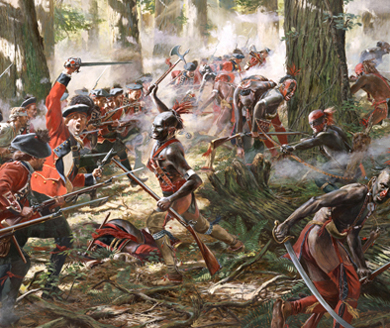
The Conspiracy of Pontiac or Pontiac’s Rebellion, in 1763, can be viewed today in several different lights. In one of them it was the first dramatic assertion of modern Canadian identity and independence.
At their biennial convention next weekend the federal Liberals will be debating a policy resolution on the Canadian future of the British monarchy, at the democratic reforming behest of the Young Liberals of Canada..
The resolution is officially known as “114. Canadian Identity in the 21st Century.” Its operative section reads: “BE IT RESOLVED that the Liberal Party of Canada, urge the Parliament of Canada to form an all party committee to study the implementation of instituting a Canadian head of state popularly elected and sever formal ties with the British Crown.”
CTV’s Don Martin recently raised the issue with Canada’s foreign affairs minister John Baird, one of several aggressive monarchists in the present Harper government in Ottawa.
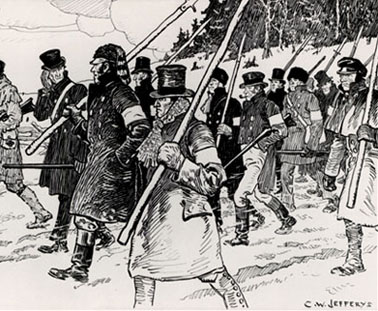
The early December march down Yonge Street in the Upper Canadian Rebellion of 1837 was another early assertion of modern Canadian independence. It failed but still led to the start of an autonomous Canadian (and British North American) parliamentary democracy, under Governor General Lord Elgin, in 1848.
Mr. Baird replied: “I got to scratch my head …If the big priority is to reopen the constitution and try to get unanimity through protracted constitutional negotiations – I think that’s the last thing Canadians want. And obviously, I strongly support the monarchy.”
Mr. Baird is referring here to section 41 of the Constitution Act 1982, which prescribes that an “amendment to the Constitution of Canada in relation to … the office of the Queen, the Governor General and the Lieutenant Governor of a province” requires the approval of “the Senate and House of Commons and of the legislative assemblies of each province.”
There is no doubt that ultimately severing “formal ties with the British Crown” in Canada will require just such a constitutional amendment. But perhaps because he does so strongly “support the monarchy,” Mr. Baird is not paying close enough attention to just what the Young Liberals’ policy resolution 114 is calling for.
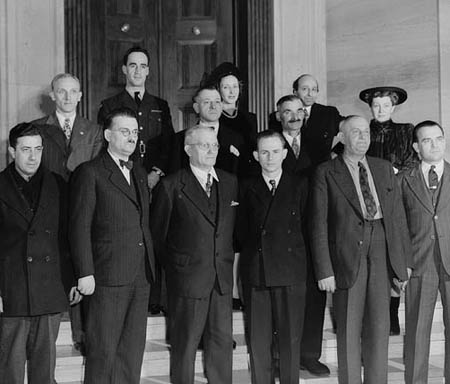
First official Canadian citizenship ceremony, at Supreme Court building in Ottawa, January 3, 1947. The first Canadian Citizenship Act which took effect that year finally created the legal status of a Canadian citizen, as opposed to a British subject resident in Canada.
Reforming the present Senate of Canada, for instance, will also ultimately mean a constitutional amendment. This would require the approval of only seven provinces representing at least 50 per cent of the Canadian population. But who can deny that it too would mean reopening the constitution and “protracted constitutional negotiations … the last thing Canadians want.”
Yet the Harper government is nonetheless going ahead with what it has called “step-by-step” Senate reform, that does not (in its opinion at any rate) require a constitutional amendment. And if Mr. Baird were to look carefully at the Young Liberals’ policy resolution 114, he might begin to appreciate that what it is actually proposing is a parallel step-by-step democratic reform of the office of Canadian head of state, without any immediate constitutional protraction.
* * * *
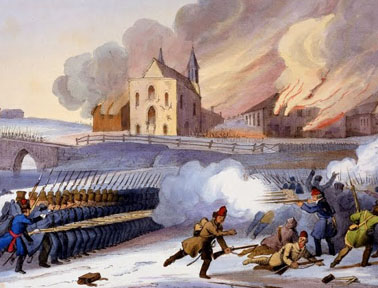
The Lower Canadian Rebellion of 1837—38 in present-day Quebec was yet another early assertion of modern Canadian independence. It finally failed as well, but it was unusually vigorous, and helped ensure that Canada today has two official languages.
Resolution 114 is simply urging the Liberal Party of Canada to urge the Parliament of Canada to form an all party committee to study the prospect of a “Canadian head of state popularly elected,” and of ultimately severing “formal ties with the British Crown” (perhaps at the end of the reign of Queen Elizabeth II?).
To take one example, the results of such a study might just lead to a step-by-step reform proposal for consultative elections for prime ministerial appointments to the office of Governor General, similar in principle to the consultative elections for prime ministerial appointments to the Senate, that form a key ingredient in the Harper government’s current Senate reform agenda. (And on this last point see:Â “An Act respecting the selection of senators and amending the Constitution Act, 1867 in respect of Senate term limits” ; and “FRAMEWORK FOR THE SELECTION OF SENATORS.”)
For the time being, a step-by-step consultative election reform of this sort in appointments to the office of Governor General would at least provide a more democratic method of selecting a governor general than the one we have now.
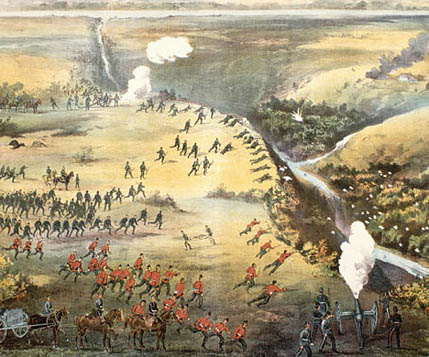
The North West Rebellion of 1885 in Western Canada can be seen as a direct descendant of Pontiac’s Rebellion in 1763, and the Upper and Lower Canadian Rebellions of 1837—38. It might also be seen as the ancient beginning of “The West Wants In” movement, which finally triumphed for good with the May 2, 2011 Canadian federal election.
And if, further down the road, some ultimate protracted constitutional negotiations do lead to a severing of formal ties with the British Crown, the reformed office of governor general could easily make the transition from merely representing the official Canadian head of state to serving as official head of state in his or her own right – on the model of such present-day parliamentary democracies as India, Ireland, and Iceland (a “Triple I” head of state? – well, it’s not a very good joke, but … neither is a “Triple E” Senate).
Mr. Baird would of course not be interested in any such ultimate constitutional negotiations, because he remains such a strong supporter of the monarchy – even if such eminent Canadians as the historian J.L. Granatstein have recently characterized this posture today as “abject colonialism.”
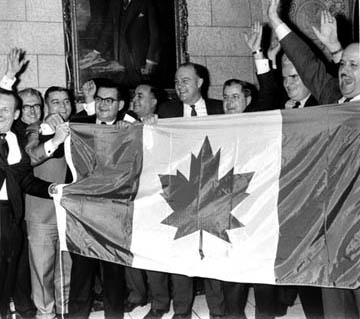
The new independent Canadian flag officially proclaimed on February 15, 1965 was at first not welcomed by everyone. But it has become very popular, coast to coast to coast, and no one would seriously suggest going back to the old colonial red ensign today.
But the government of which Mr. Baird is a part was not in fact elected by a democratic majority of Canadians. And the opinion polls of the past decade suggest that there are at least as many Canadians interested in the democratic reform of the monarchy as in the democratic reform of the Senate.
Kudos to the Young Liberals of Canada for raising this important dimension of our Canadian identity in the 21st century, in a constructive and practical way at last.
(Oh and btw, if you’re wondering how this same issue is faring in other so-called “Commonwealth realms” that still share the British monarch as official head of state, check out: “Jamaica’s new PM vows to ditch royal rule” and “Jamaica will become a republic, new prime minister vows … After taking office in landslide, Portia Simpson Miller pledges to drop Queen as head of state and restore prosperity.”)
